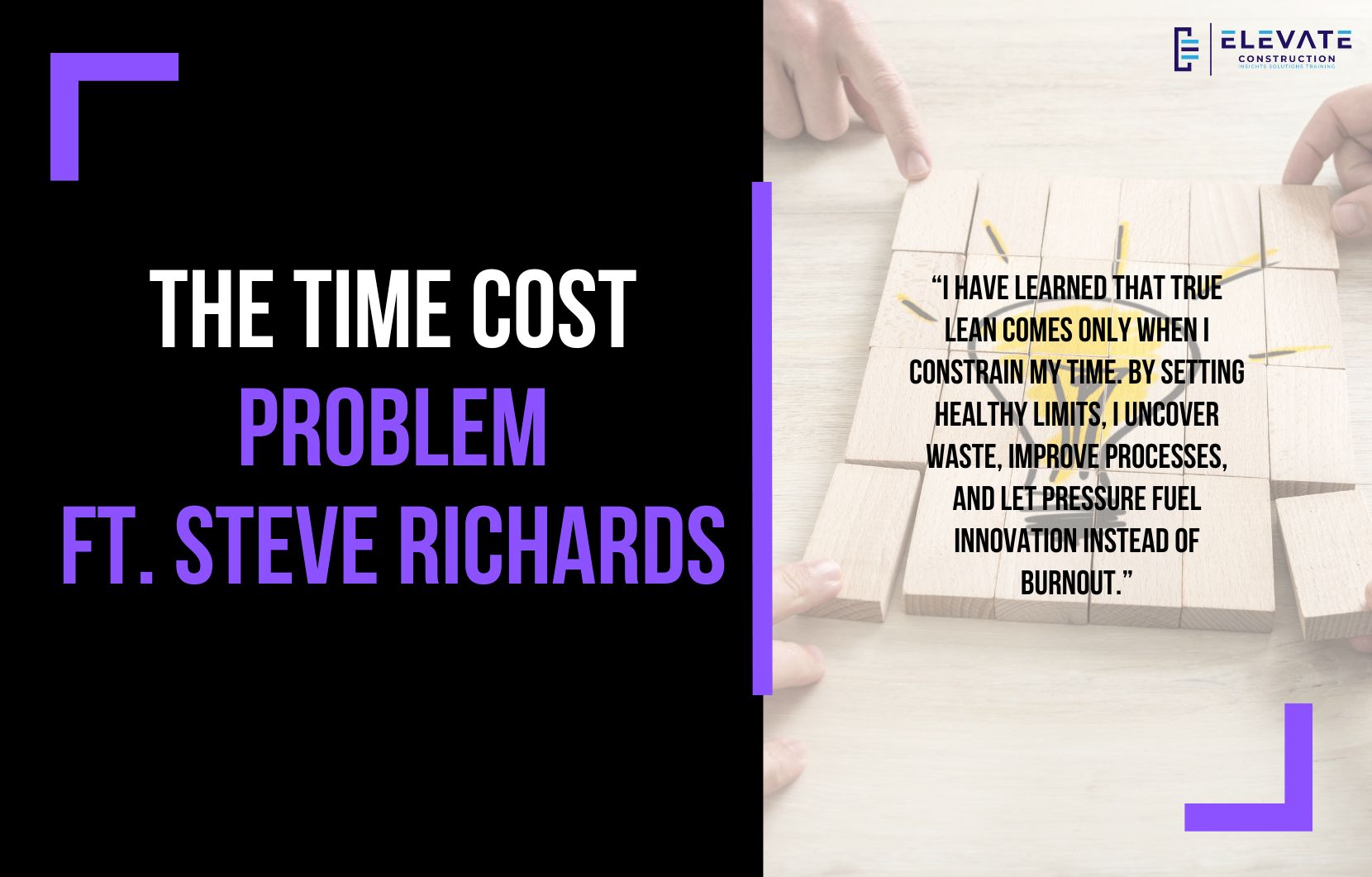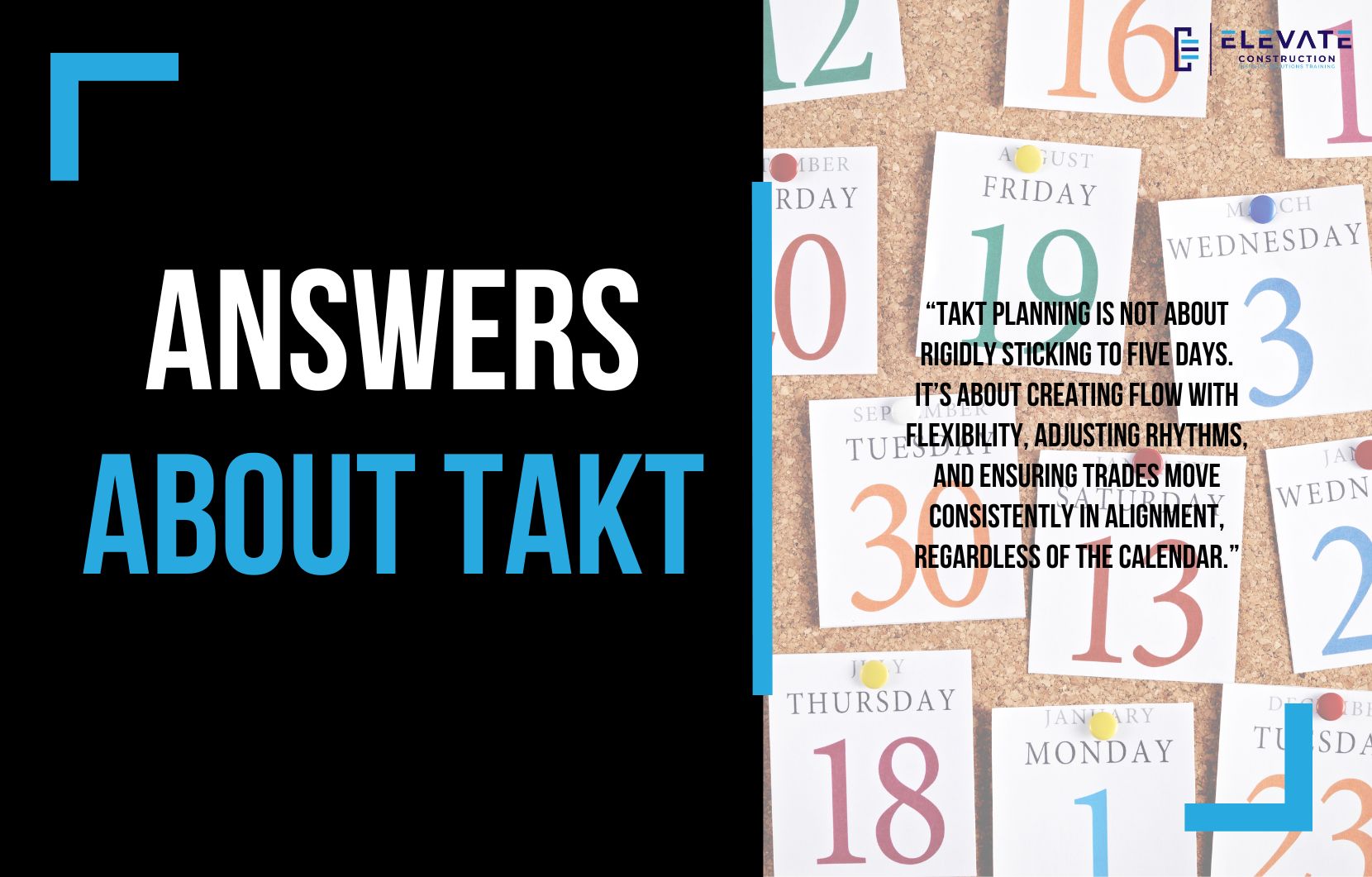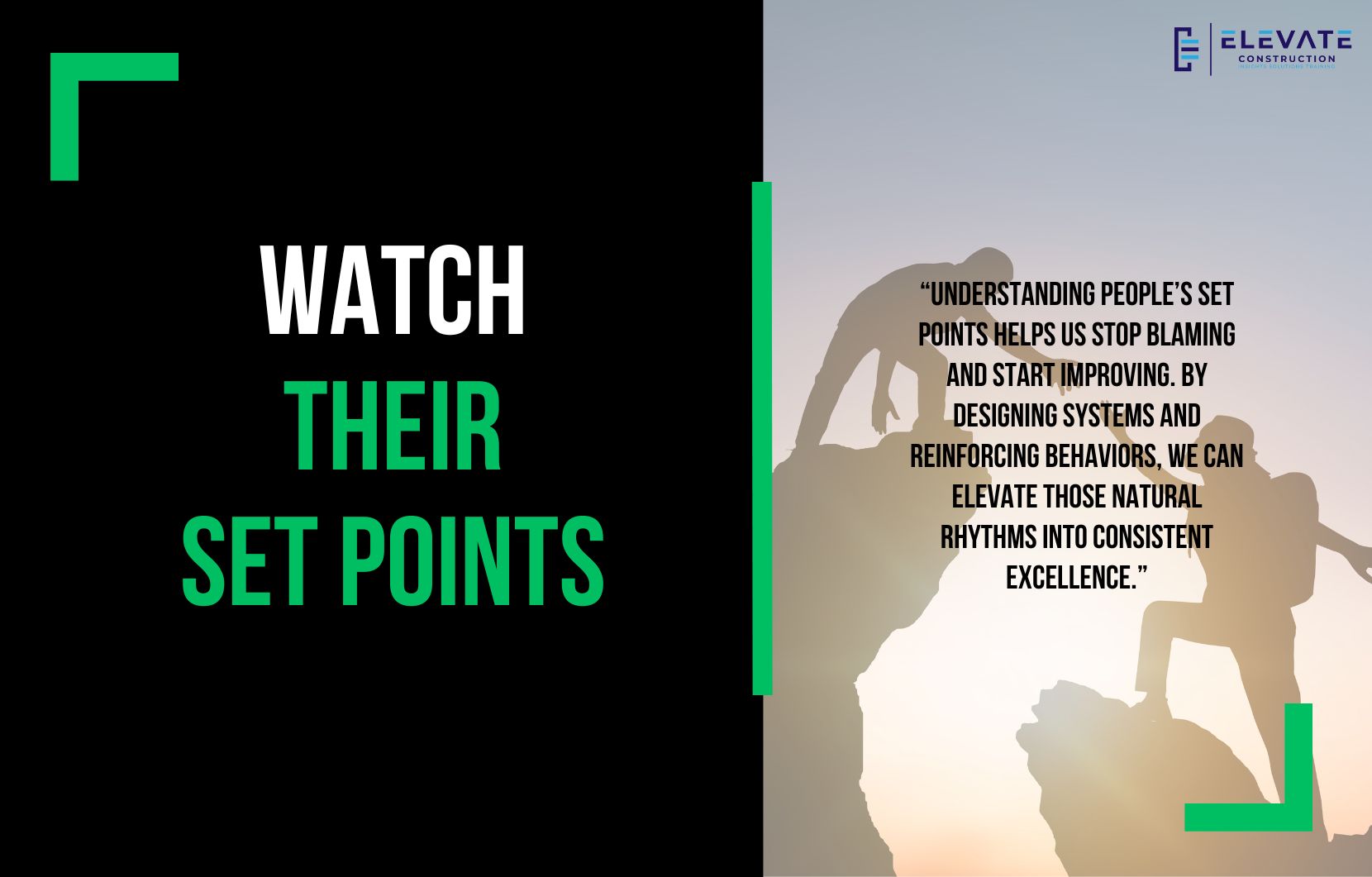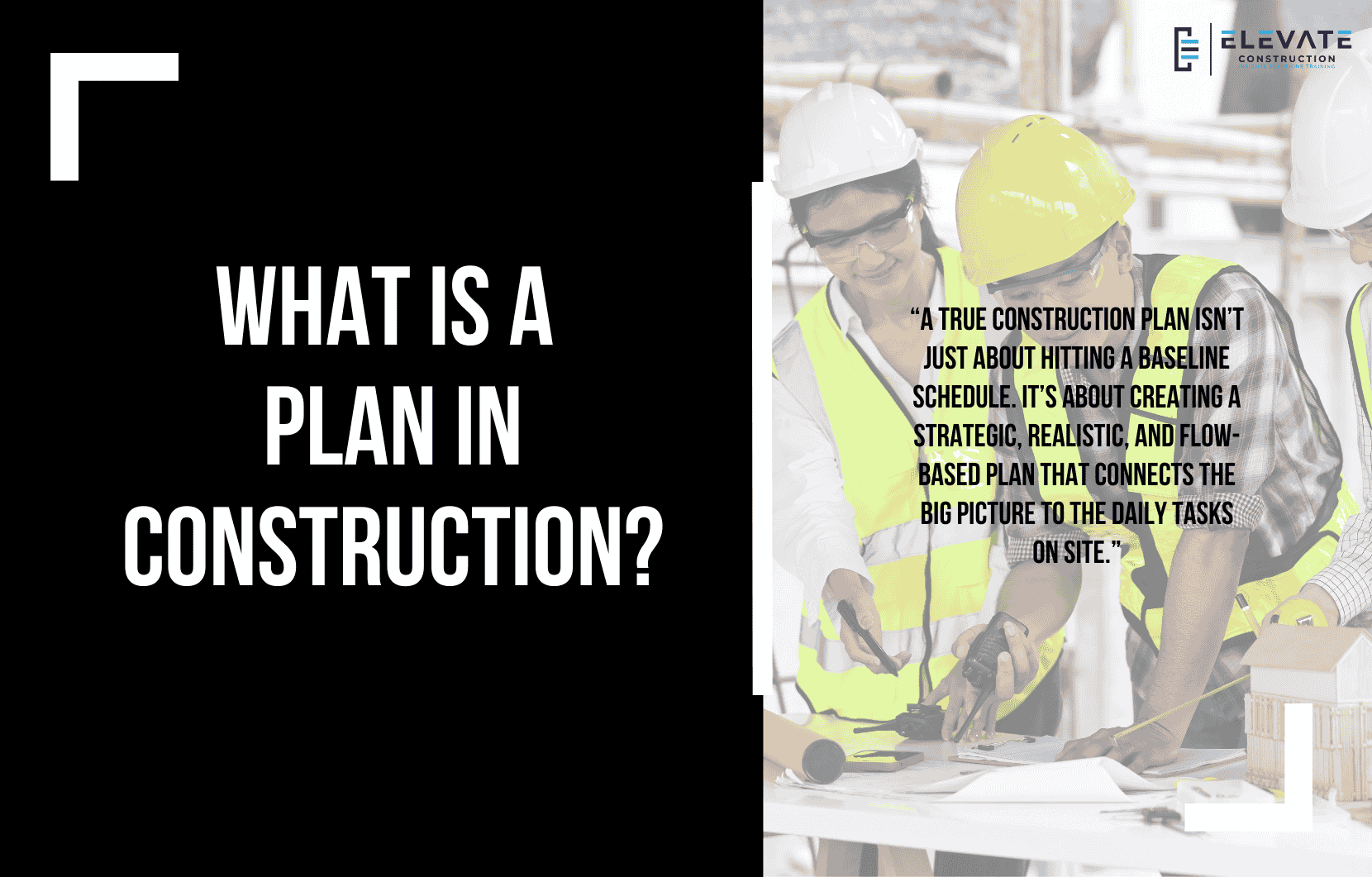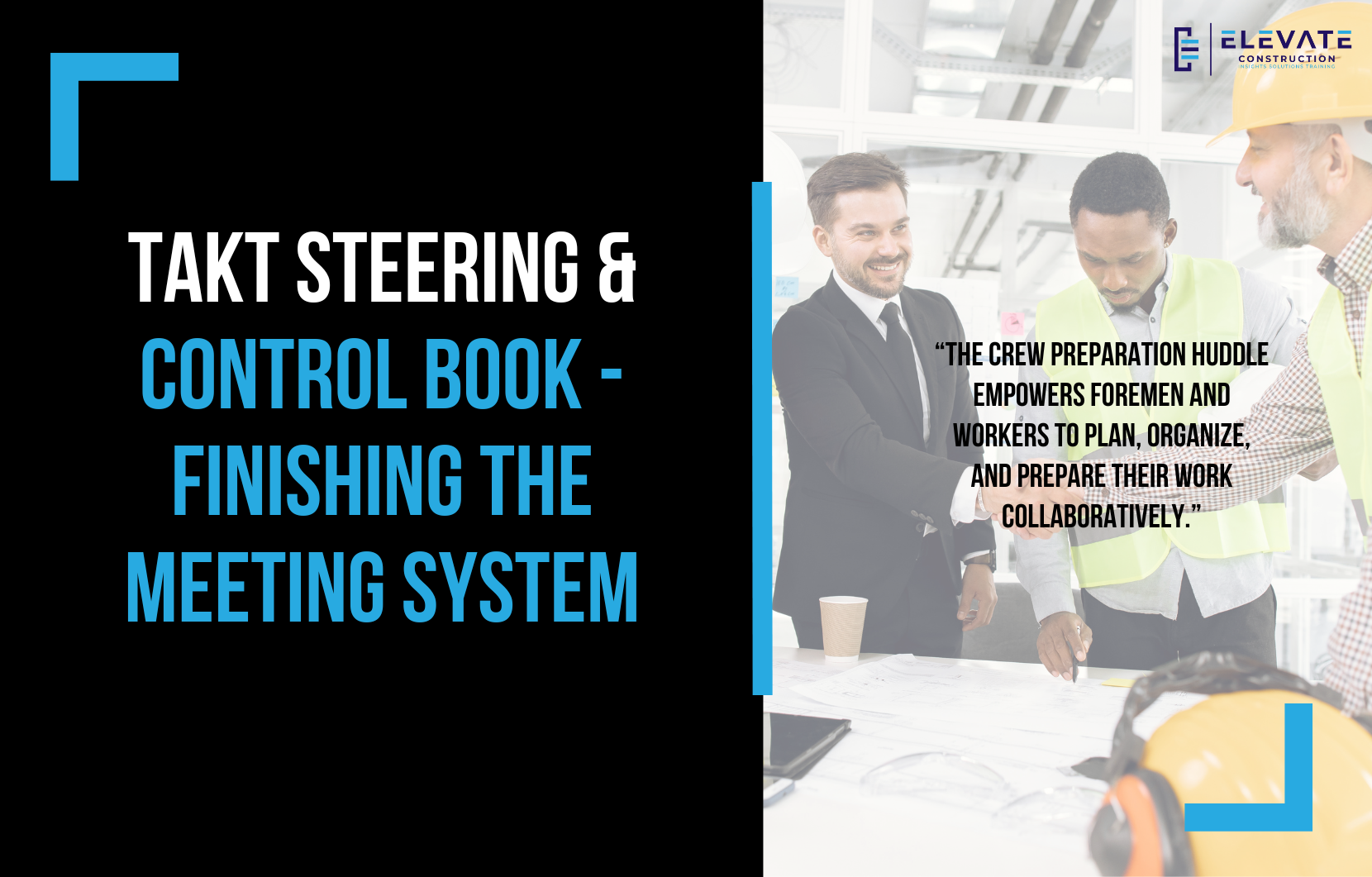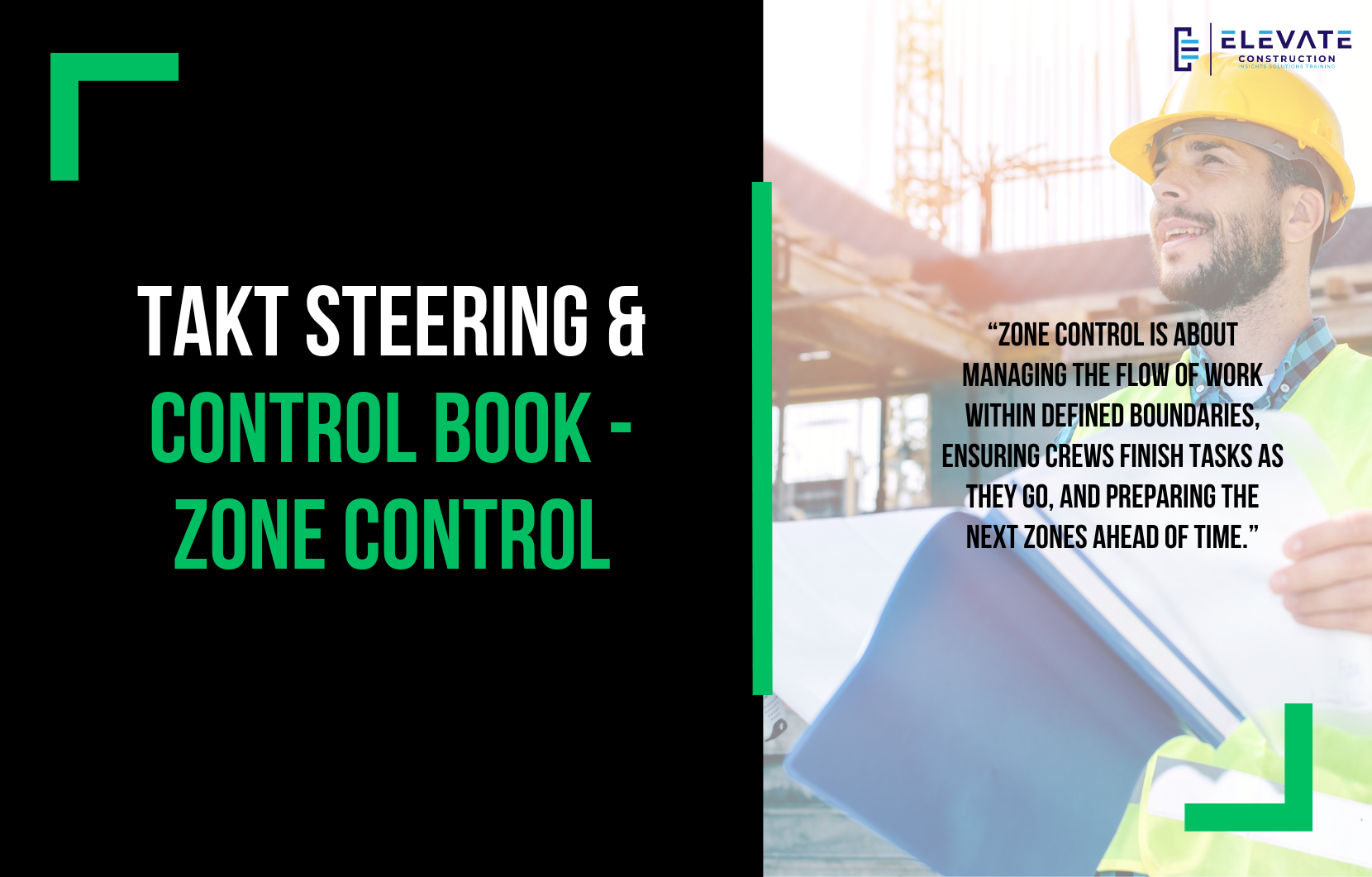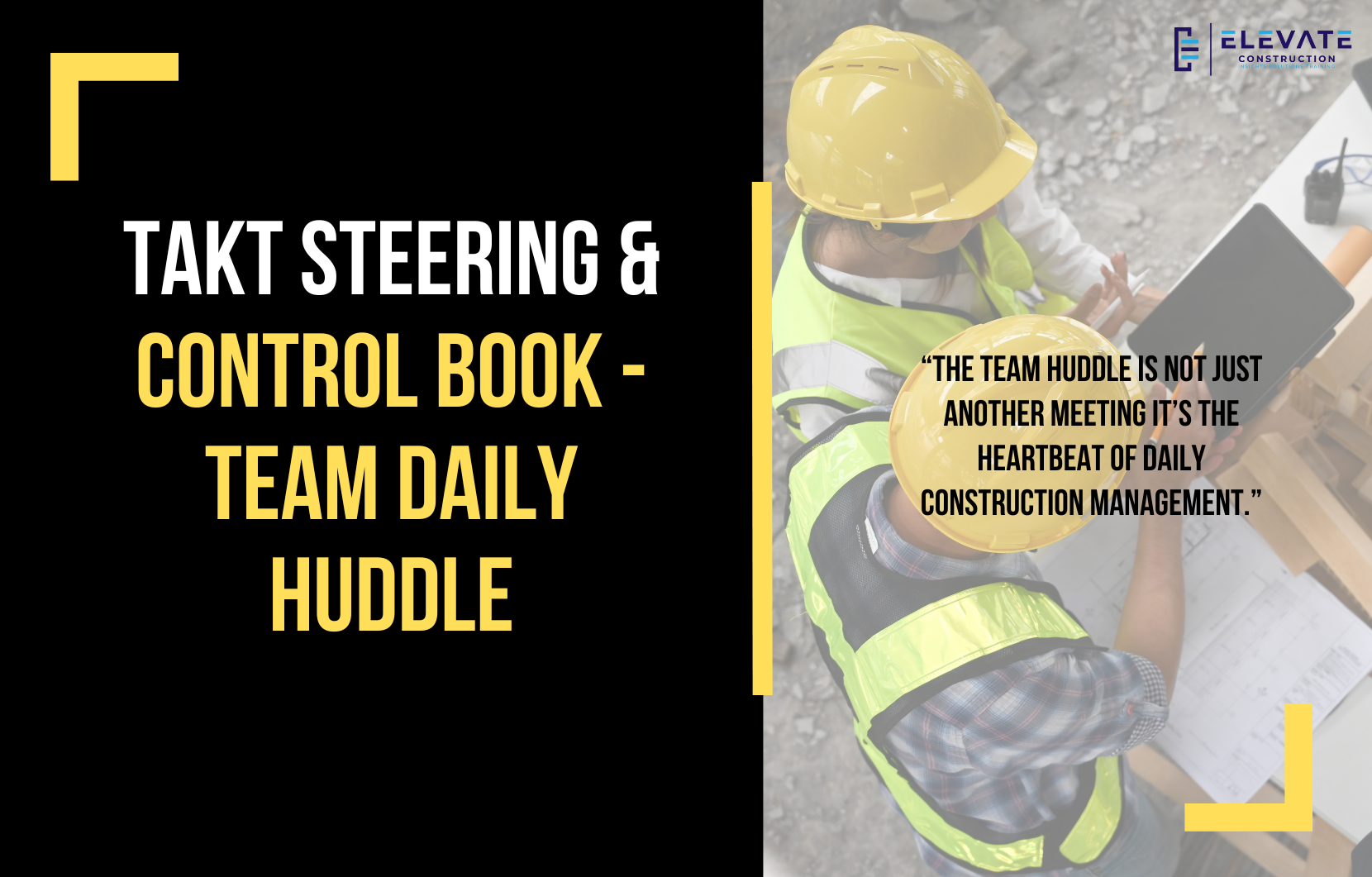I often hear people in construction talk about downtime as if it’s the ultimate enemy. The assumption is that if a worker or piece of equipment is not operating at full capacity every second, something must be wrong. But I want to challenge that thinking. Downtime is not the goal, and it’s not the problem we should be chasing. The real focus needs to be on flow, throughput, and the overall health of the system.
Why Downtime Isn’t the Villain
Recently, someone told me that implementing the Takt production system on their project was good, but they were frustrated that trades weren’t always busy. They wanted zero downtime. That perspective misses the point. I don’t believe that workers being idle is a sin. In fact, I’ve seen situations where downtime creates more value than forcing constant activity.
Take a factory example. If one machine produces faster than the next, running it at full speed creates overproduction and excess inventory. That leads to waste like motion, transportation, and even defects. In that case, it’s actually better for some machines, and their operators, to work at half capacity. The system as a whole benefits more from balance and flow than from maximum busyness.
Flow Matters More Than Busyness
In construction, the same principle applies. If a crew needs to stop and fix a defect, that pause creates more long-term value than pushing forward with flawed work. Breaks, buffers, training moments, cleanup, and reflection are all legitimate and important reasons for workers not to be constantly active. These moments aren’t wasteful, they strengthen the overall flow of the project.
When leaders obsess over keeping every person busy, they fall into the trap of sub-optimization. It may look efficient on the surface, but it actually damages throughput. What matters most is attaching workers to the flow of work, not attaching work to workers. This mindset is at the core of Lean thinking.
A Challenge for Leaders
If you see an empty zone or a worker who isn’t busy, don’t jump to conclusions. Ask why. Are they waiting to start correctly? Are they training, briefing, or observing? Are they solving problems or acting as extra capacity for the crew? Many of those reasons add value to the system. The only true problem is if someone is wasting time without purpose.
Downtime itself is not the enemy. The lack of flow is. As leaders, we need to stop fearing idle moments and start recognizing them as part of a healthy, well-functioning system.
Key Takeaway
Downtime is not a problem to eliminate. What truly matters is the steady flow of work, and sometimes the smartest choice is to let workers pause so the system as a whole can perform better.
If you want to learn more we have:
-Takt Virtual Training: (Click here)
-Check out our YouTube channel for more info: (Click here)
-Listen to the Elevate Construction podcast: (Click here)
-Check out our training programs and certifications: (Click here)
-The Takt Book: (Click here)
Discover Jason’s Expertise:
Meet Jason Schroeder, the driving force behind Elevate Construction IST. As the company’s owner and principal consultant, he’s dedicated to taking construction to new heights. With a wealth of industry experience, he’s crafted the Field Engineer Boot Camp and Superintendent Boot Camp – intensive training programs engineered to cultivate top-tier leaders capable of steering their teams towards success. Jason’s vision? To expand his training initiatives across the nation, empowering construction firms to soar to unprecedented levels of excellence.
On we go




